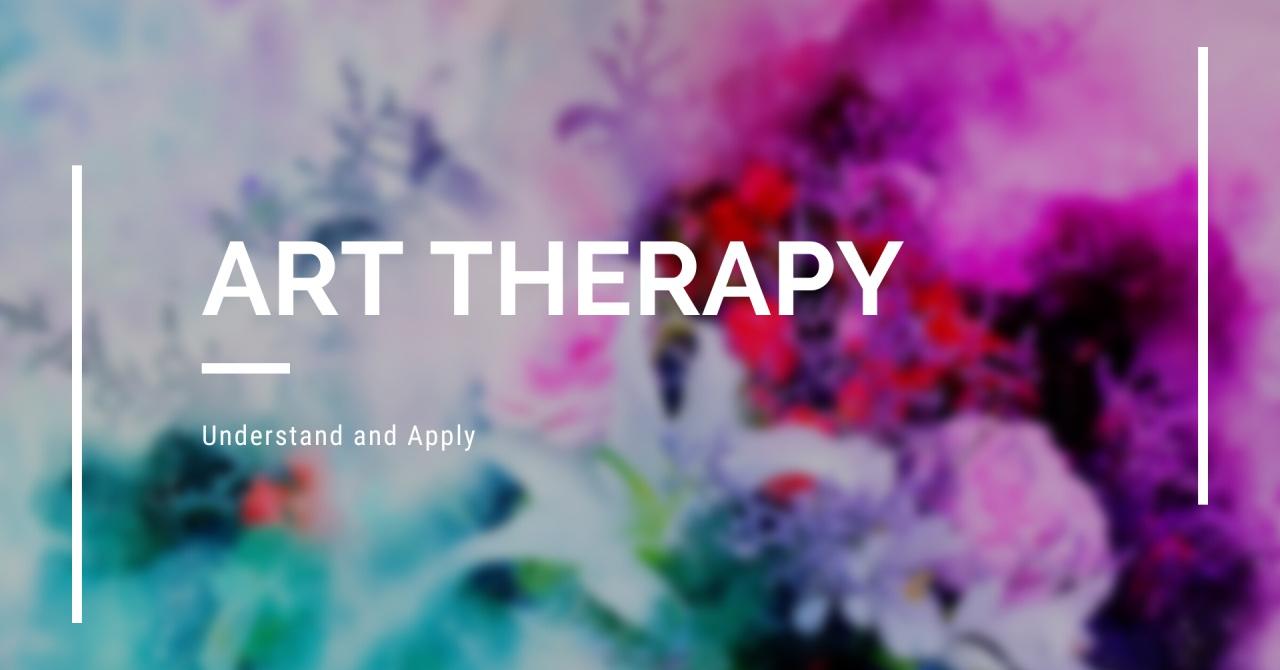Creating memorial art can be a powerful and healing way to navigate the complex emotions of grief and loss. This piece will discuss the healing potential of memorial artwork. We will also delve into the intersection of art therapy and provide practical steps for creating meaningful monument art. Lastly, we will discuss memorial art’s profound impact on grieving and remembrance.
The Therapeutic Power of Art
Art has the extraordinary ability to transcend words and tap into our deepest emotions. It provides a safe and non-verbal outlet for exploration and expression, making it a powerful therapeutic tool. When we engage in artistic activities, such as painting, drawing, or sculpting, we access different parts of our brains and channel our emotions uniquely and meaningfully.
Art Therapy: An Overview
When used therapeutically, the creative process may significantly impact one’s emotional and psychological well-being, which is what art therapy aims to achieve. It is often used to help individuals cope with trauma, manage stress, and navigate challenging emotions. Individuals can explore their thoughts, feelings, and memories through various art-based techniques in a safe and supportive environment.
The Healing Power of Artistic Expression
By creating memorial art, we can physically represent our emotions and memories, giving them shape and form. This may be an extremely therapeutic and transformational experience, helping us to let go of repressed feelings and find peace in making something new.
The Intersection of Art Therapy and Memorial Art
Combining art therapy techniques with the creation of memorial art opens up new avenues for healing and self-exploration. Memorial art can serve as a vessel through which individuals can deeply process their grief and connect with their loved ones.
How Memorial Art Facilitates Healing
Creating memorial art allows individuals to externalize their internal grief and express it in a tangible and visible form. The intimate process of transferring memories and feelings onto the canvas will enable individuals to confront, process, and eventually come to terms with their emotions. Each brushstroke can be a cathartic release, weaving stories, cherished moments, and the essence of the departed into a tangible testament. A loved one painting, in particular, bridges the chasm between the physical absence and the ever-present memories, offering a visual representation of love, legacy, and life.
Creating Your Memorial Art
Creating your meaningful memorial art can be a deeply personal and healing experience. It allows you to honor your loved one’s memory in a way that feels authentic to your emotions and experiences.
Choosing the Right Medium for Your Memorial Art
When selecting the medium for your memorial art, consider what resonates with you the most. The possibilities are endless: paint, clay, photography, or even collage. Pick a medium that lets you be yourself, making your audience feel what you want them to.
Steps to Creating Meaningful Memorial Art
- Reflect on your loved one’s life and their impact on you.
- Choose a theme or concept that captures their essence and the emotions you wish to convey.
- Gather the necessary materials and set aside a dedicated space for your creative process.
- Allow yourself to fully immerse in the creation process, letting your emotions guide your artistic choices.
- Take breaks when needed, and give yourself the time and space to process your feelings as you create.
- Once your memorial art is complete, take a moment to reflect on the journey and the emotions that emerged during the process.
- Display your artwork in a place that holds significance for you, allowing it to remind you of your loved one’s presence.
The Impact of Memorial Art on Grief and Loss
Grief is a complex and personal journey, and memorial art can play a significant role in navigating its ups and downs.
Navigating Grief Through Artistic Expression
Artistic expression provides a unique outlet for navigating the complexities of grief. When words fail us, art can be a powerful tool to communicate and process the many emotions associated with loss. It allows us to express pain, sadness, love, and even hope in ways that words alone cannot capture.
The Role of Memorial Art in Mourning and Remembrance
Memorial art is a lasting testament to our loved ones’ lives, preserving their memory for generations. By creating art that celebrates their life, we find solace in the act of remembrance. Whether it is a painting, a sculpture, or a musical composition, memorial art allows us to honor our loved ones while acknowledging their profound impact on our lives.
Final Words
Unlocking the therapeutic power of creating memorial art enables us to navigate the complex emotions of grief and loss. By combining the healing potential of art therapy with the personal nature of memorial art, we can find solace, healing, and a deeper connection to our loved ones. Through the creative process, we honor their memory and embark on a transformative journey of self-discovery and healing.
